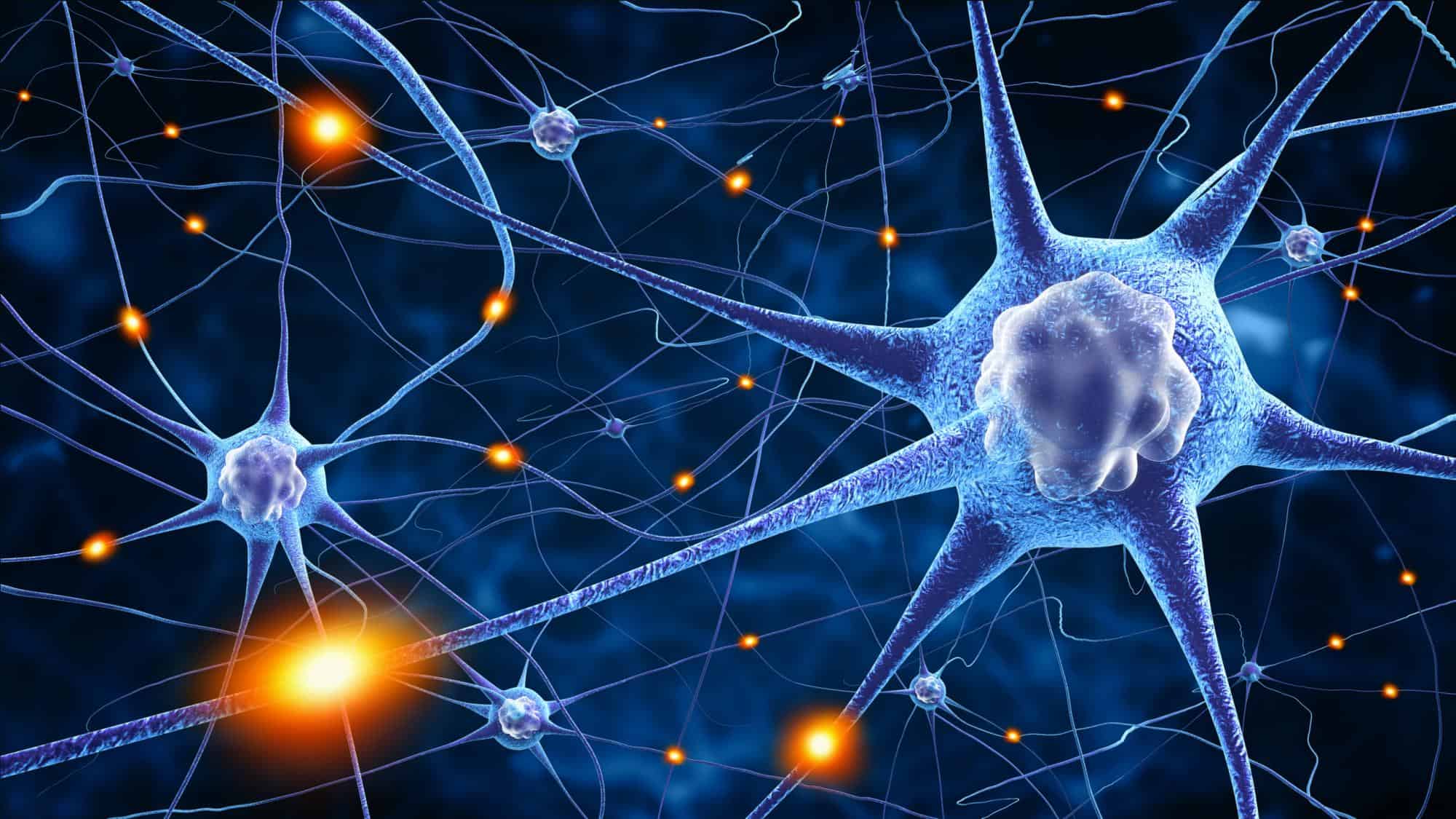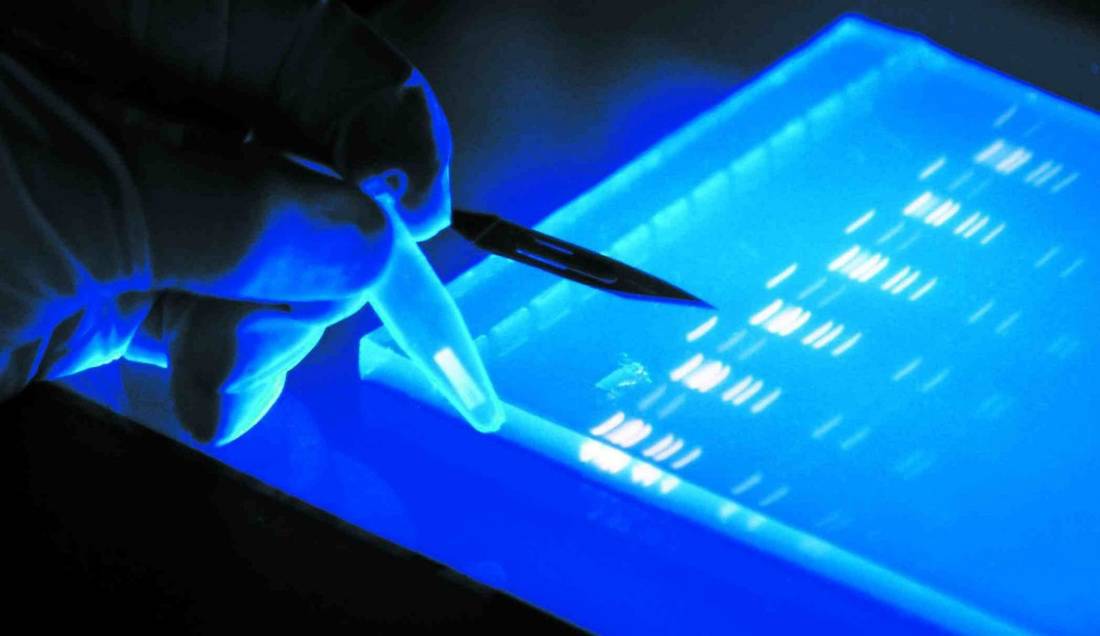Core Practical 15 – From Topic 6 (Immunity, Infection & Forensics)

Aim
To investigate the effect of different antibiotics on bacteria.
Independent Variable
The type of antibiotic used
Dependent Variable
Zone of inhibition left by antibiotic (area measured in cm²)
Control Variables
- Same concentraton of antibiotic used
- Type and amount of bacteria used – E.coli will be used as the bacteria and it will be evenly spread across an agar medium
- Volume of antibiotic used for each disc – mast ring will be used with equal concentrations of each antibiotic
- Contamination of culture – aseptic techniques and sterile equipment used to avoid contamination of bacteria culture
- Temperature of cultures – all Petri dishes should be incubated overnight at 25°C
- pH of medium – an agar jelly will be used in each case with a consistent, neutral pH
Equipment
- Mast ring with at least 5 different antibiotics
- 2 Petri dishes where the agar is seeded with E.coli bacteria
- Sterile pipette
- 4 sterile paper discs
- Sterile forceps
- Hazard tape
- Marker pen
- Ruler
- Incubator
- Distilled water
Control
Four sterile paper discs soaked in distilled water can be placed on a Petri dish seeded with E.coli bacteria. This will act as a negative control to see if the bacteria die regardless of antibiotic being used.
Method
- Label 2 Petri dishes for the antibiotic mast ring and the distilled water control – include the date.
- Use the sterile forceps to place the mast ring/paper discs of distilled water onto their corresponding Petri dish. Close each dish and seal with hazard tape. Make sure that a small gap is left so that oxygen can enter and there is no build-up of anaerobic bacteria.
- Leave the cultures to incubate at 25°C for 24 hours.
- Open each Petri dish and use a ruler to work out the zone of inhibition for each paper disc/mast ring section.
Results & Calculations
Use a ruler to calculate the radius for the circular clear zones around each paper disc/mast ring section – this is the zone of inhibition. Use the equation A=πr² where r, cm, is the radius to work out the area of the zone of inhibition in cm².
You can work out a mean for the zone of inhibition for the distilled water control and for each antibiotic section. You should observe that the water has no zone of inhibition and should be able to see the varying zones of inhibition by the different types of antibiotic.
Conclusion
The varying zones of inhibition are caused by the varying effectiveness of each antibiotic. A larger zone of inhibition indicates a greater effectiveness at killing bacteria and this will also depend on the resistance capabilities of the bacteria. Some antibiotics are bactericidal – directly killing bacteria – and some are bacteriostatic – limiting bacteria growth.
Evaluation Points
- Contamination of microbes (random error) – use improved aseptic techniques. Clear and wash the area of work before and after with alcohol gel and wash hands before. Wear sterile gloves and set up Petri dishes under a naked flame.
- Uneven bacteria growth (random error) – ensure same lighting conditions used by keeping cultures under a lamp.
- Positive result for control (systematic error) – repeat the experiment multiple times with a new set of the same type and amount of bacteria and antibiotics.







Frans Wikman
Hey, I need to have your insight about this. Remember to message me instantly: frans.wikman@gmx.com
Thapelo ANDRIES
That was great ….thanks